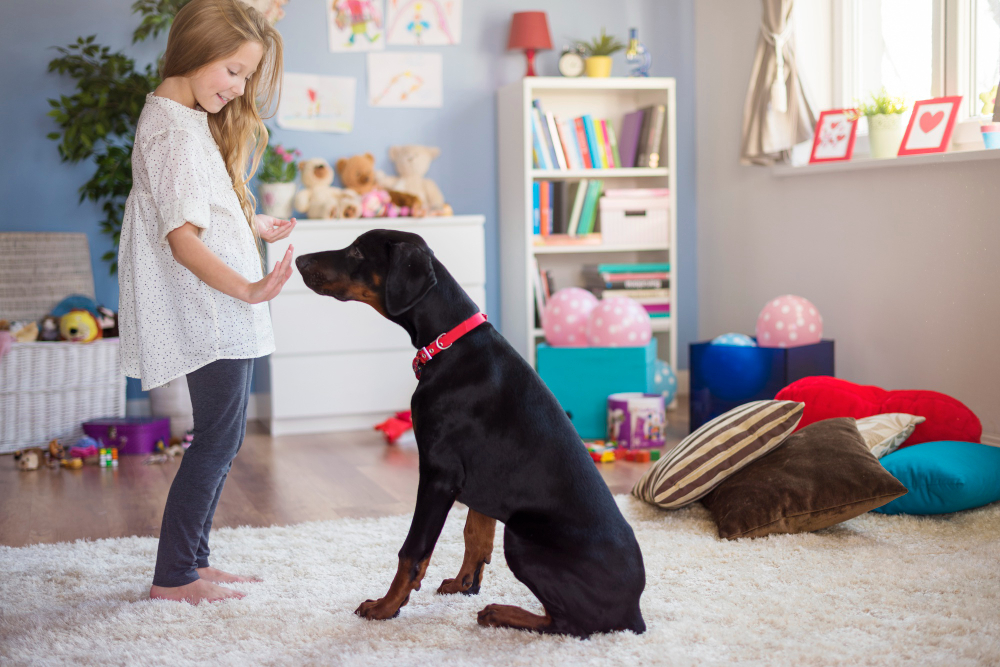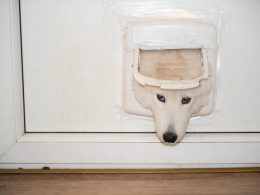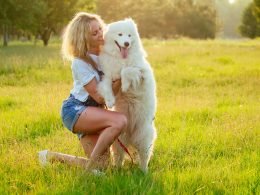Some people perceive the passage of time differently than others. Does this also affect animals? Do dogs perceive the passage of time differently from us humans?
First, let’s understand what time perception is and how it works in the nervous system. Generally speaking, the perception of time refers to a subjective experience of life by measuring the time passed through the viewer’s perception as events unfold. Sounds confusing, right? Simply put, the perception of time is nothing more than the sensation of the duration of certain events, which can be different depending on the point of view. For example, you are reading this text. You perceive that the time you spent doing this activity was very fast. Someone else may be performing the same activity as you. Still, they perceive that time has passed very slowly, and although the sensations of passing time have been different, in theory, the same time has passed (or almost ) for both people.
From other points of view, these different perceptions of the passage of time cannot be directly measured or understood but are studied and understood with scientific experiments. Psychologists and neuroscientists suggest that human beings have neural systems that react to this perception of time.
When we follow the passage of time through a watch, we objectively observe the passage of time, counting seconds, minutes, and hours. However, the brain alone is not capable of measuring time. In this way, the perception of time occurs. Relatively, perception occurs through our biological clock. But what is the biological clock? This terminology is assigned to any physiological behavior of the organism, whether of plants or animals, with functional activity corresponding to predictable cycles. In other words, we objectively perceive the passing of time subjectively and the passing of real-time.
Do Dogs Perceive Time Differently Than Humans?
Like humans, dogs also have a natural biological clock. However, unlike us, they cannot objectively distinguish time by counting hours.
They perceive the passage of time through what we know as a rhythm or circadian cycle, which are regular changes in mental and physical states that occur over about 24 hours, differentiating between day and night. Social expectations do not mark dogs. They do not wait for something to happen due to a succession of moments. Their perception of time occurs with daylight, noise, odors, and physiological needs such as hunger and conditions. So, If you follow a feeding routine with your dog, with pre-established feeding times, you must have noticed that a few minutes before the time, your dog starts to get agitated, seeming to realize that it’s feeding time, right? It occurs precisely because of the perception of time through physiological needs. Therefore, establishing a routine is essential for maintaining your pet’s circadian rhythm. This way, it can have a good understanding of time through the routine.
Is Time Slower For Dogs Than It Is For Humans?
Many people associate that dogs can perceive time differently from humans due to the chronology of aging (that results from the passage of time from the moment of birth, determined mainly by genetic factors, hormonal status, and metabolic reactions, such as oxidative stress), after all. , dogs age faster than their owners, and senility, for most dogs, is from 7 years of age.
However, the chronology of aging is not related to temporal perception. Like humans, there is no consensus on the differentiation of time perception. There is no way to know a dog’s temporal perception, whether slow or fast.
Do Dogs See Humans In Slow Motion?
There is a variation in reaction time between species. Humans, for example, have different perceptions of information between individuals. For example, athletes can process information visually faster than non-athlete people, which is also associated with age. Younger people process information faster than older people. But how do dogs compare to humans? Do they see us in slow motion?
Some studies indicate that small animals can see the world in slow motion, which means they can observe movement more detailedly than giant creatures, allowing them to escape predators. But this only applies to birds and insects. However, it indicates that the species do not see similarly, although there are still no studies that suggest that dogs see in slow motion.
How Much Faster Are Dogs Than Humans?
Scientists from the School of Natural Sciences, Trinity College Dublin, Ireland, and the Universities of Edinburgh and St. Andrews studied several species of animals, including mammals, to assess the perception of time between different species. For this, they emitted light, and the flashes were fast enough for humans and animals to see them as one. Constant beam, with this, they were able to measure frequencies and identify brain activities in different species. The study concludes that dogs, compared to humans, can have visual information 25% faster.
Do Dogs See In Black And White?
Yes! Dogs see in color. The difference is that they cannot distinguish all of them. That’s because dogs have only two types of cones, the color receptors, while we humans have three. Some myths are commonly heard regarding how dogs see the world. For example, contrary to what many believe, dogs don’t see the world in black and white, but they don’t see it as colorful as humans do. While humans are able to see 150 colors and have the sensitivity to perceive the colors red, blue, and green, dogs are limited to only 40 colors. They are sensitive to only a few shades of blue and yellow, seeing everything else in gray.
If you remember from art classes, you might remember that there are three primary colors: red, green, and blue. The combination of them generates all the other colors. Our receptors can identify all these tones, whereas dogs only perceive red and blue.














